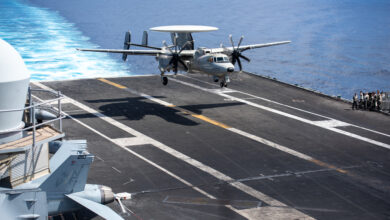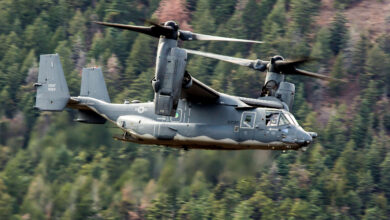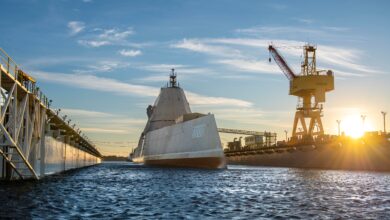The US Navy has taken delivery of the Landing Craft Air Cushion (LCAC) 111 from Textron Systems as part of the force’s ongoing Ship-to-Shore Connector program.
The handover was facilitated after the hovercraft completed its acceptance trials supervised by the naval inspection and survey, which validated the vessel’s performance according to expected benchmarks.
During its service life, the amphibious system will be used for rapid deployments, logistical support, and vehicle transfer while supporting large surface platforms with similar purposes, such as the Expeditionary Sea Bases and the Expeditionary Transfer Docks.
“This new craft will provide the Navy and Marine Corps team with unparalleled capability in amphibious warfare, ensuring we remain agile and responsive to emerging threats and global challenges,” US Navy Amphibious Assault and Connectors Program Manager Capt. Jason Grabelle remarked.
“The introduction of LCAC 111 into our fleet marks a significant milestone in our ongoing efforts to maintain and enhance operational readiness.”
The US Navy received the tenth Ship-to-Shore Connector three months prior to the LCAC 111’s arrival.
In November, the Department of Defense awarded Textron a $394.2-million contract to build nine more of the systems.
The primary deal to develop the amphibious vessels was signed by the company in 2012, replacing the navy’s older LCAC models employed since the 1980s.
Textron is continuing work to expand the fleet with the serial production of LCAC hulls 112 to 123.
Modern Amphibious Vessel
The US Navy’s Ship-to-Shore Connector platform, also called the LCAC 100-class hovercraft, measures 92 feet (28 meters) long and can accommodate more than 100 personnel or about 74 tons (67,132 kilograms) of cargo.
It is armed with naval guns, machine guns, and grenade launchers.
The amphibious system is powered by four Rolls-Royce MT7 gas turbines similar to those installed in Bell V-22 Osprey tiltrotor aircraft for speeds up to 35 knots (65 kilometers/40 miles per hour).













